There’s no denying the barefoot shoes benefits - from improved comfort to long-term foot health, improved athletic performance, and more. But, to reap these benefits, proper barefoot shoe sizing is of the utmost importance. So how should barefoot shoes fit? What size barefoot shoe should I get?
The goal is to get a snug fit on the sides and uppers while allowing room in the toe box for your toes to splay naturally without restriction. Measure your feet accurately and consult our size guide to make sure you are setting yourself up for a perfect fit the first time around.
We also have a customer service team ready to assist with any questions, and with our 30-day return policy, finding the right fit is stress-free and straightforward. If your barefoot shoes arrive and don’t fit perfectly, just exchange them for the right size! Shop at Hike Footwear today or follow our advice on how to size barefoot shoes below.
How Should Barefoot Shoes Fit?
Let’s offer a bit more context on how your barefoot shoes should fit so you can ensure you’re making the most of this revolutionary approach to footwear. Actually, we want to take a step back and talk about what barefoot shoes are in the first place.
These represent a return to basics, and fall under the concept that less is more. Even if they were well-intentioned, many of the features and “advancements” in modern-day footwear actually do more harm than good - narrow toe boxes, elevated heels, and excessive cushioning and support.
In comparing barefoot vs regular shoes, you’ll find that all these details are stripped away. They feature a zero heel-to-toe drop, ultra-thin soles, and wide-toe boxes.
All of this can contribute to superior comfort as your feet are allowed to move freely almost as if they were barefoot. Yet, the strong bottom material still protects your feet from hot, harsh, and/or wet terrain.
In the long run, you’ll find that your feet and ankles are stronger and more resilient as a result of wearing barefoot shoes. You’ll even find your posture improves. You also won’t have to deal with many of the foot abnormalities that could arise from wearing modern footwear: bunions, blisters, plantar fasciitis, and more.
All things considered, switching to our slip-resistant barefoot shoes is an investment in your daily comfort and long-term health. With that clear, let’s talk about the importance of barefoot shoes sizing and offer tips on how to size barefoot shoes.
The Importance of Proper Barefoot Shoe Size
There’s no denying the benefits of barefoot boots and shoes - but the key is getting the optimal fit. Otherwise, you might not just miss out on the benefits, you could end up doing more harm than good.
Unlike traditional footwear that often emphasizes cushioning and support, barefoot shoes are designed to enable natural foot movements. Proper fit ensures the shoes enhance proprioception (the body's ability to sense movement), reduce the risk of blisters and other discomforts, and allow for natural foot expansion throughout the day.
Ample Wriggle Room for Toes
So, how should barefoot shoes fit? Most importantly, you need to prioritize ample room in the toe box. The toes should not feel cramped or bunched together. Instead, they should be able to spread out naturally as if you were walking barefoot.
This space is essential not only for comfort but also for the proper function of your feet. Spreading toes help distribute your body weight evenly, which improves balance and stability, and supports healthier foot mechanics.
This is especially important as it pertains to athletic use, as we discussed in our guide to the best barefoot lifting shoes. It’s also important for barefoot hiking shoes, though.
Snug Fit on Sides and Uppers
While you want plenty of space for your toes, the sides and uppers of the shoe should fit snugly without squeezing or pinching. There’s a fine line here between perfectly snug and overly tight, though.
A snug fit around these areas ensures the shoe securely hugs your foot, preventing unnecessary movement inside the shoe that can lead to rubbing and irritation.
However, the material should still offer enough flexibility to not restrict foot movements. This balance helps harness the benefits of barefoot design while ensuring the shoes stay in place to prevent blisters or instability.
How to Size Barefoot Shoes: Barefoot Shoe Sizing Tips for a Perfect Fit the First Time Around
If you’re still looking for guidance to get that perfect fit, follow our tips below or get in touch for one-on-one assistance. Here’s how to size barefoot shoes.
Use Our Barefoot Shoe Size Chart
You should start by referring to our detailed barefoot shoe size chart available here on the Hike Footwear website. This helps you match your foot measurements to the appropriate shoe size accurately.
Measure the length and width of your feet under different conditions, such as at the end of the day when your feet are typically at their largest.
Follow the instructions carefully, and use the measurements to find your ideal size in our barefoot shoe size chart. We offer sizing insights based on the specific style you’re interested in for the ultimate precision in sizing.
Consider if You’ll Wear Socks or Not
Whether you intend to go barefoot in the shoes or wear socks will influence how snug they fit. So, do you wear socks with barefoot shoes? Only you can decide! There are pros and cons to consider either way, so read our guide linked above if you’re not sure.
Just know this - If you plan to wear socks, especially thicker ones, you might need a slightly larger size to accommodate them comfortably. On the other hand, if you prefer the true barefoot experience without socks, you can follow the size guide here on our website as it’s written out.
When in Doubt, Leverage Our Hassle-free Return Policy!
Part of the challenge of shopping for shoes online is uncertainty as to how they actually fit. You don’t get to find out until they arrive at your door after you’ve purchased them.
Fortunately, you don’t have to stress about realizing your shoes are too big or too small. Our hassle-free return policy allows you to return the shoes for a different size or a full refund within 30 days if they do not meet your expectations. We make it as seamless a process as possible.
Reach Out for More Guidance on Sizing
Still wondering, what size barefoot shoe should I get? We understand that finding the perfect fit can be challenging, especially when transitioning to barefoot shoes for the first time or switching from another brand. You don’t have to go through this alone - we’re here to help.
If you have any doubts or need more personalized advice, reach out to our customer service team. We’ll provide additional guidance on sizing and fits so you can make the best choice for your foot health and comfort.
Understanding the Break-in Period
Before we wrap things up, it’s important that you’re aware of the break-in period for barefoot shoes. You may find at first that your shoes aren’t quite as comfortable as you’d hoped - this is perfectly normal.
Your feet are used to much more support and cushioning, and in some cases, an elevated heel. Now it feels like you’re flat-footed. As you experience a new sense of ground feel and foot freedom the muscles and tendons in your feet and lower legs may feel tired or sore as they strengthen. Here are some tips to mitigate this discomfort and speed up the break-in period:
- Start Slowly: Begin by wearing your barefoot shoes for short durations around the house or for light activities. Gradually increase the wear time over several days or weeks.
- Listen to Your Body: If you feel pain, reduce the time you spend in the shoes and revert to shorter periods.
- Flexibility Exercises: Engage in foot-specific stretches and exercises to enhance flexibility and reduce stiffness during the break-in period.
Before you know it, your shoes will have perfectly molded to the contours of your feet and you’ll be reaping all the benefits this minimalist style has to offer!
Our blog has additional resources to help you get started on the right foot with this style. Learn about how to walk in barefoot shoes, barefoot vs running shoes, and more. Otherwise, it’s time we brought our barefoot shoes sizing guide to a close.
Bringing Our Barefoot Shoe Sizing Guide to a Close
So, how should barefoot shoes fit? What size barefoot shoe should I get? We hope this guide on how to size barefoot shoes has left you with clarity on all aspects of barefoot shoe sizing. They should be snug everywhere except the toes, allowing them to splay naturally.
Proper sizing ensures comfort, enhances natural foot mechanics, and prevents common foot ailments. Measure your feet accurately, consider whether you'll wear socks, and take advantage of our size guide to find your perfect match. Remember, help is just a click or call away, too.
The only thing now is to get the best barefoot shoes for kids or adults, right here at Hike Footwear. From barefoot shoes for lifting to barefoot shoes for work, barefoot casual shoes, winter barefoot shoes, high top barefoot shoes, there is something for everyone here in our catalog. Filter your search below to uncover the perfect style and size with ease:
With our hassle-free return policy and dedicated customer service, finding your ideal pair is simple and stress-free. Shop now and step into a new level of comfort!
![[HIKE Orthopedic Soles - Black]](http://hike-footwear.com/cdn/shop/files/1_2e178206-1e1d-4da7-a519-e25a543f86d7_{width}x{height}.png?v=1755498413)






































































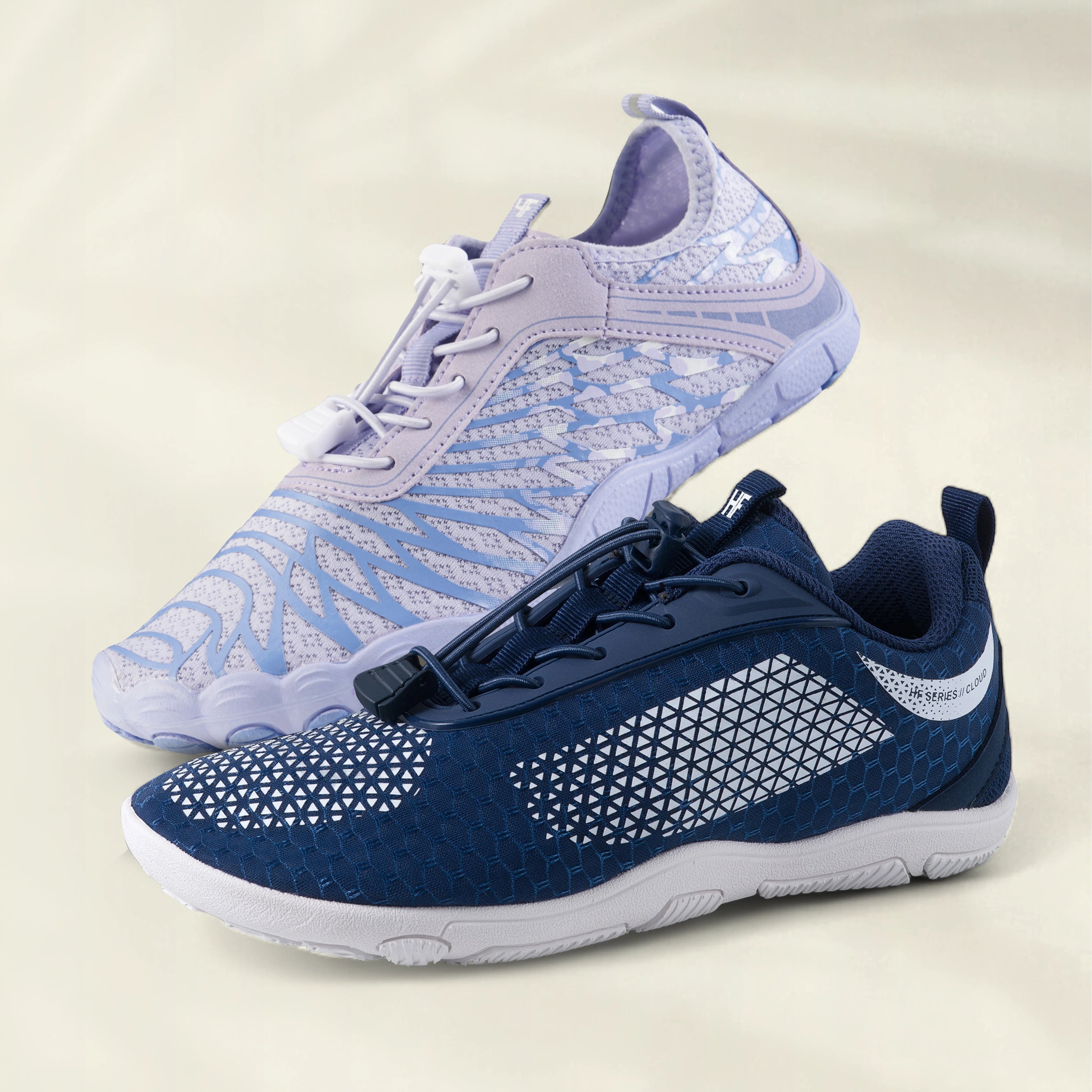

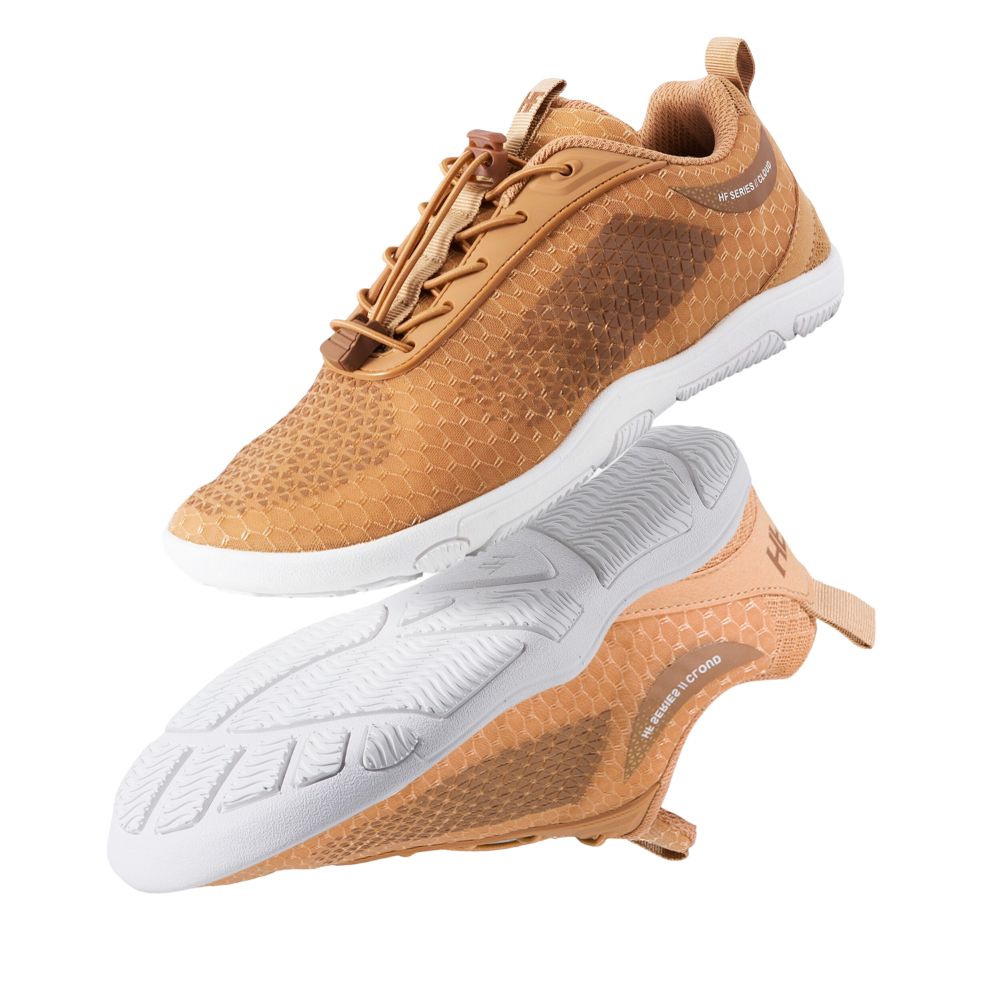
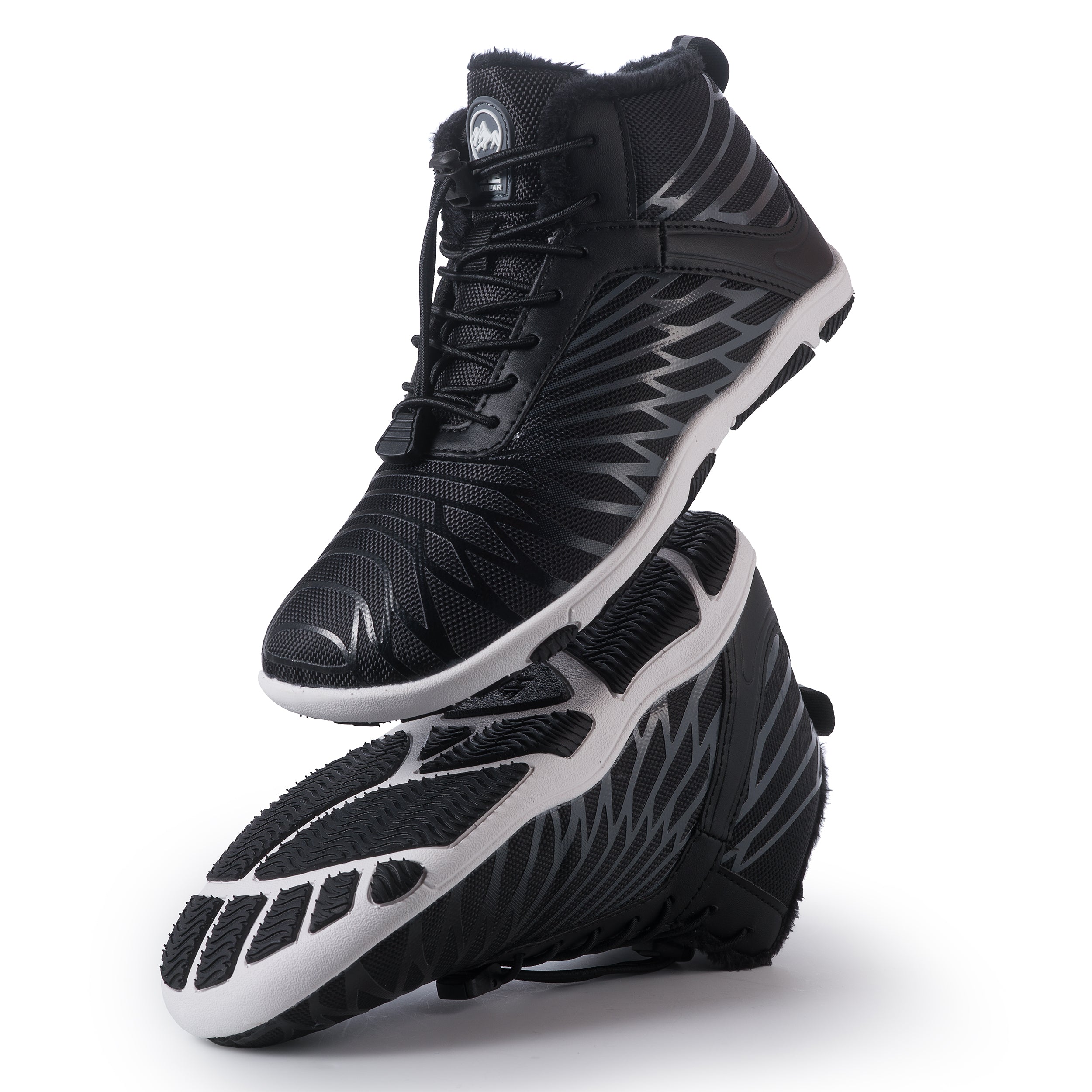
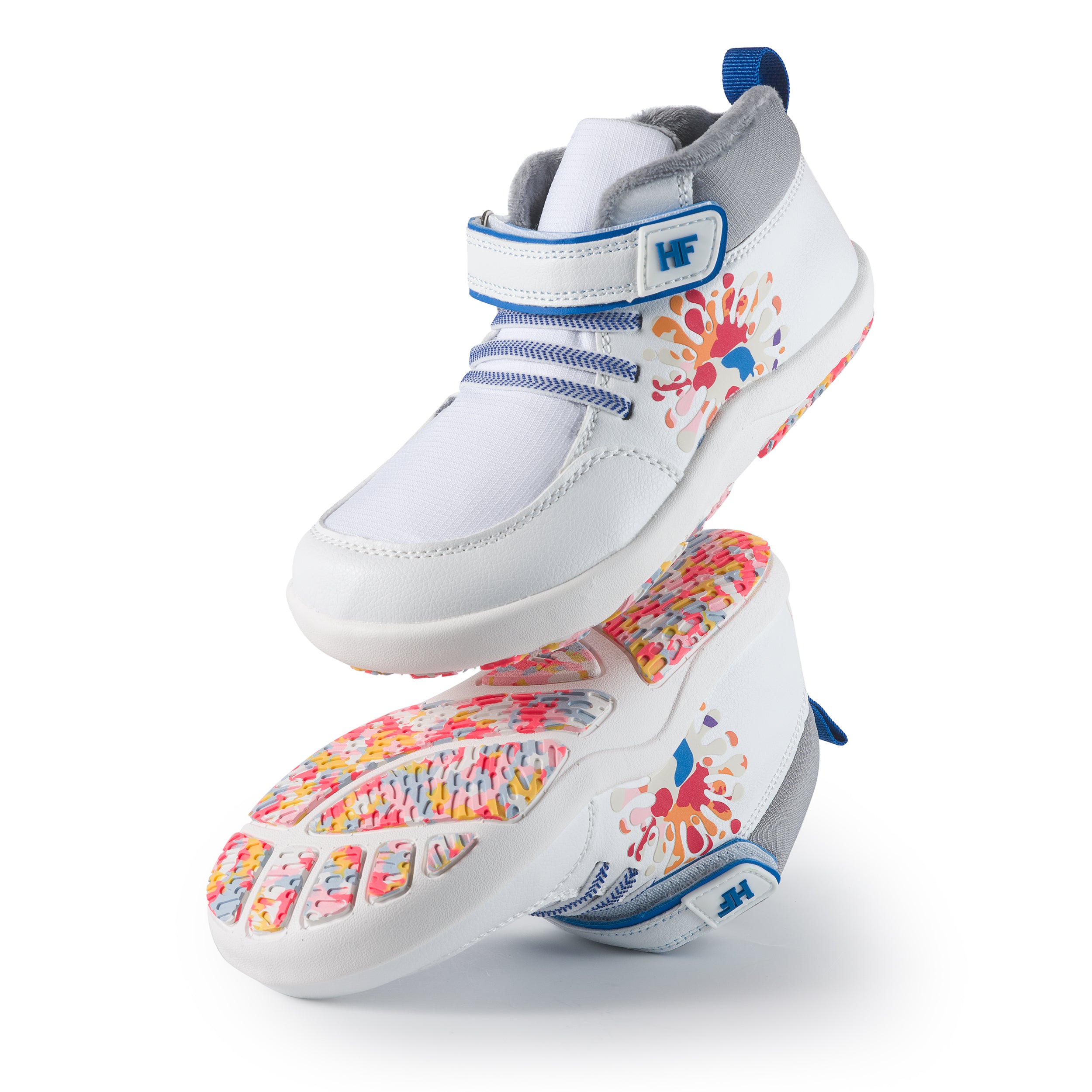
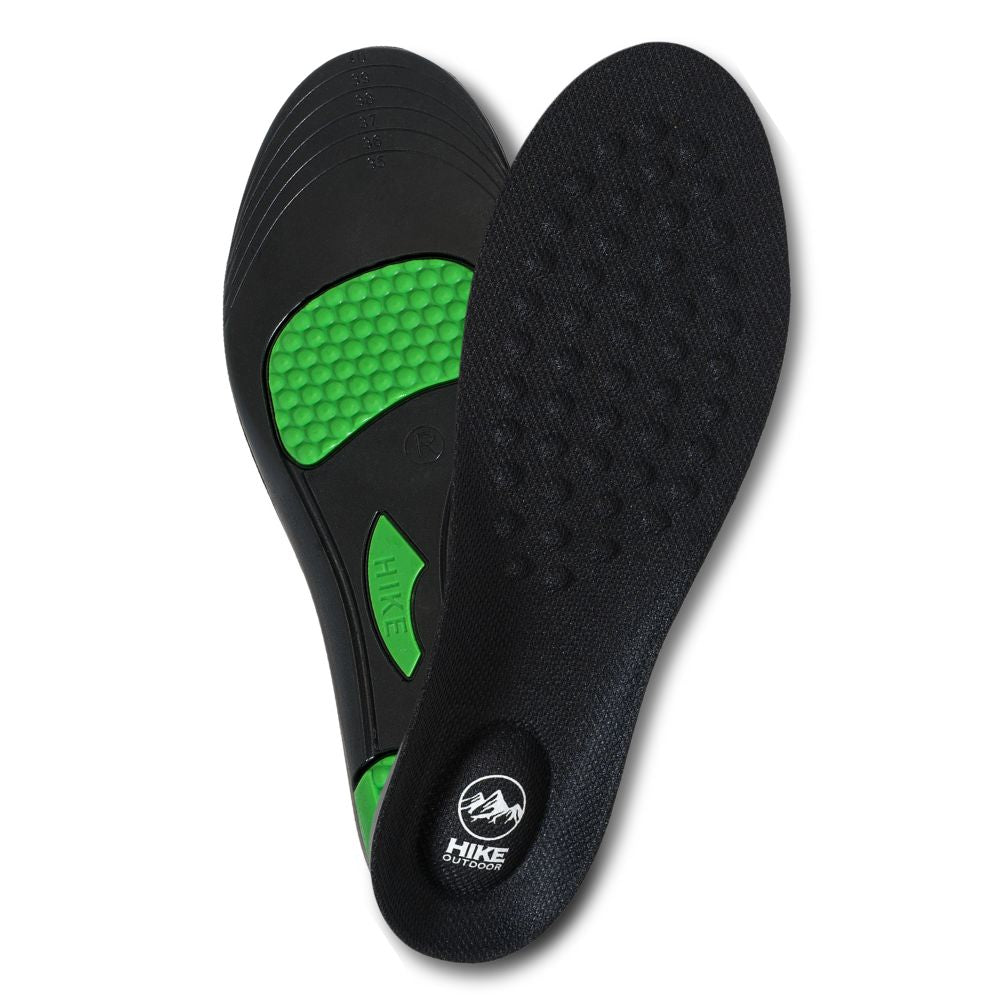
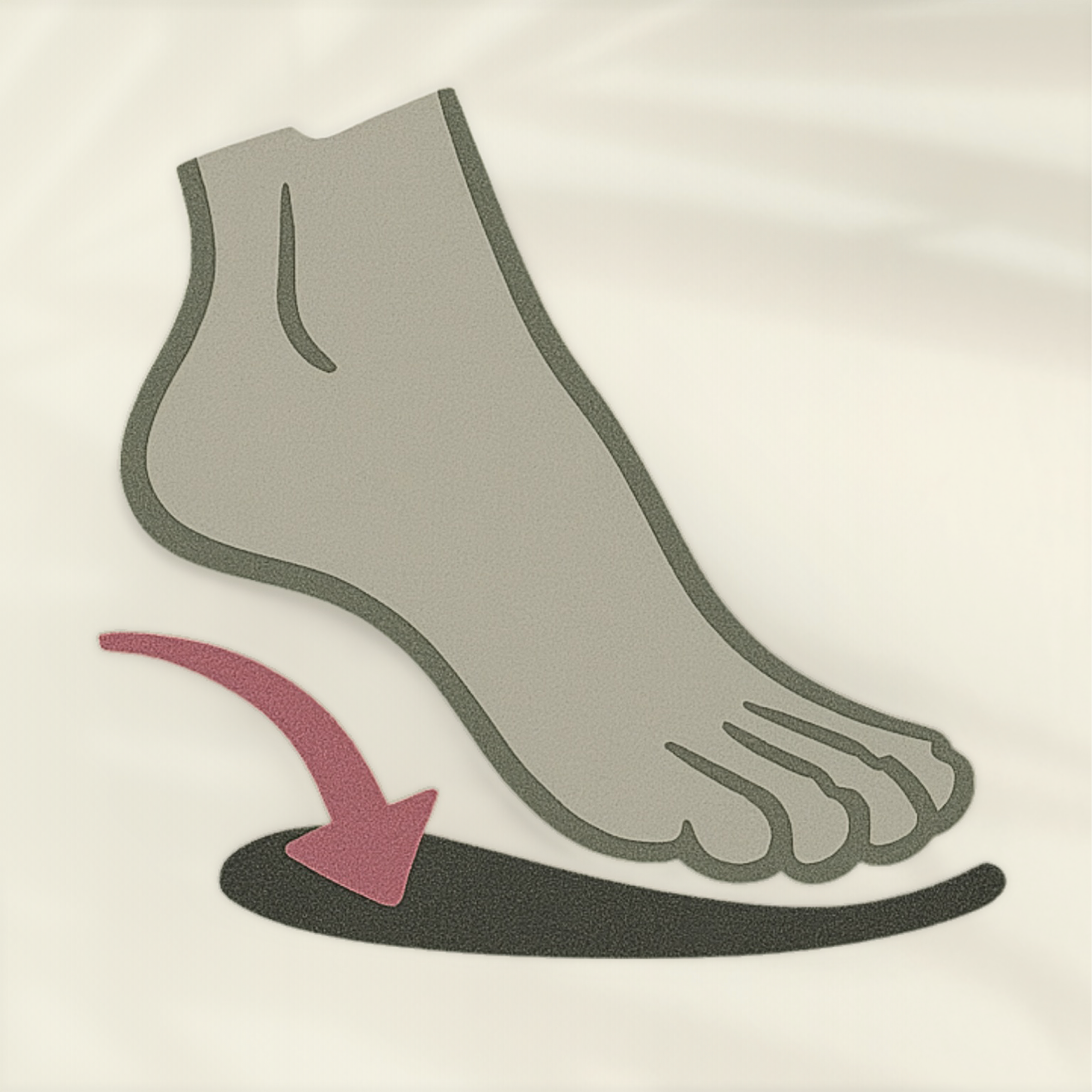


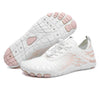
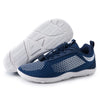
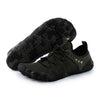
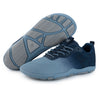

![[Lorax Pro - White / Pink]](http://hike-footwear.com/cdn/shop/files/Lorax-Pro-White-Google_{width}x{height}.webp?v=1763018793)
![[HF Stride - Beige]](http://hike-footwear.com/cdn/shop/files/Brown_c47b827d-957d-4bab-9646-bf1c66f5f5a8_{width}x{height}.webp?v=1762197951)
![[HF Cloud - Blue]](http://hike-footwear.com/cdn/shop/files/HF_Cloud_4c927657-c3a5-4cec-900e-25d909ec2b4b_{width}x{height}.webp?v=1762197937)
![[HF Shade - Sea Blue]](http://hike-footwear.com/cdn/shop/files/HF_Shade_Blue_{width}x{height}.webp?v=1759134417)